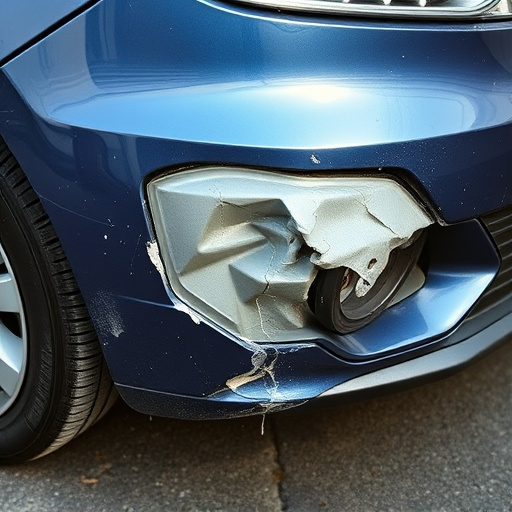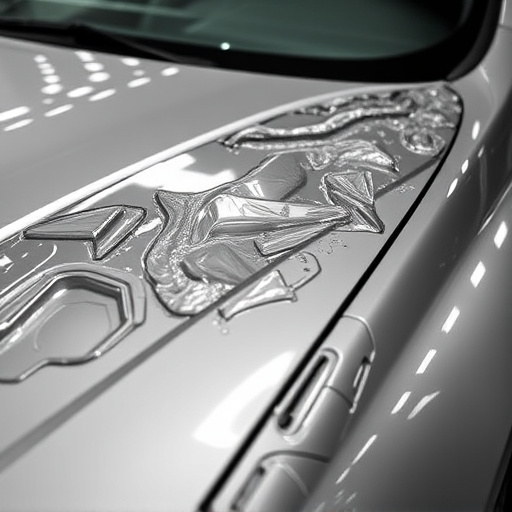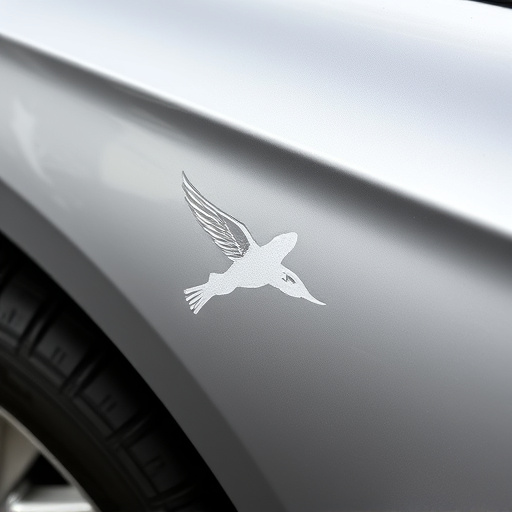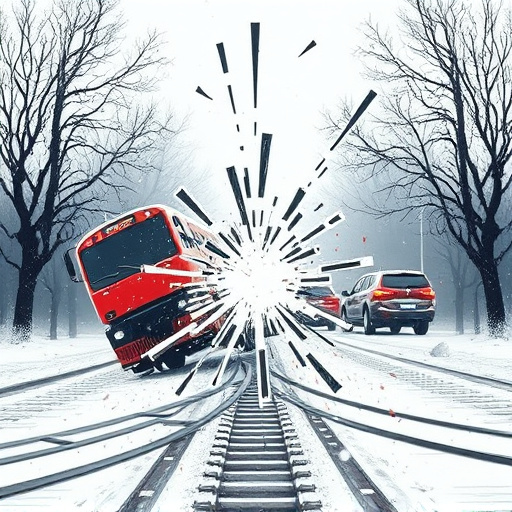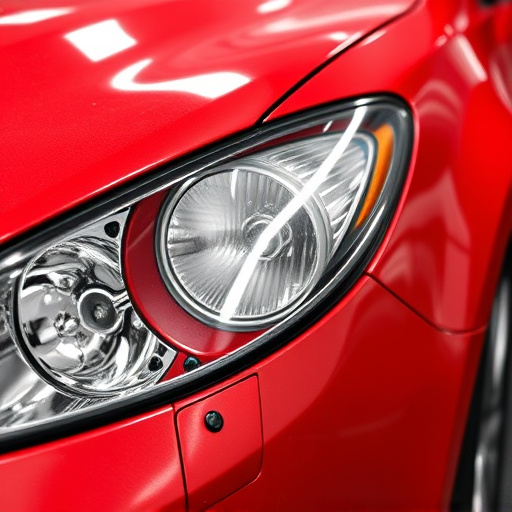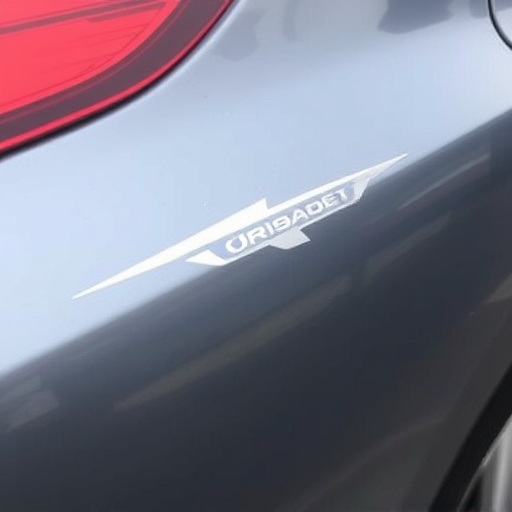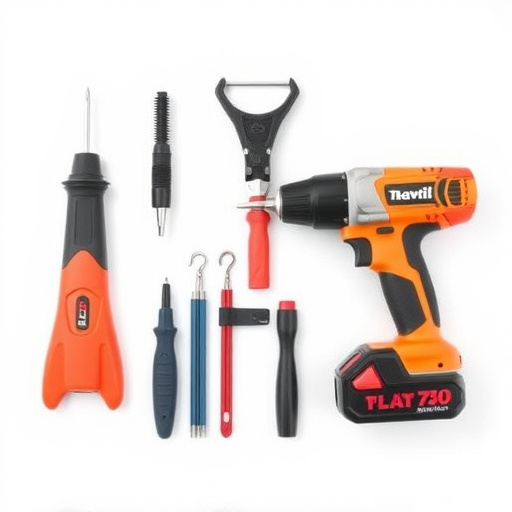PDR (paintless dent repair) transforms auto body repairs by eliminating traditional methods, reducing costs and downtime for minor dents. Insurance companies recognize PDR's cost-effectiveness, leading to lower premiums and streamlined claims processes. This benefits drivers and insurers alike, with faster repairs, reduced claim expenses, and more affordable insurance plans, especially advantageous for fleet services and luxury vehicle owners.
“Discover how revolutionary PDR (paintless dent repair) is transforming the auto industry, offering a modern solution for dented vehicles. This article explores the significant impact of PDR on insurance premiums. By understanding this advanced repair method, you’ll uncover its cost-saving benefits for both insurers and policyholders. Learn how PDR reduces claims, minimizes repairs, and ultimately lowers insurance rates for drivers, presenting a compelling case for its adoption in today’s market.”
- Understanding PDR: A Modern Dent Repair Method
- Impact on Insurance: Cost Savings and Claims
- How PDR Reduces Premiums for Drivers
Understanding PDR: A Modern Dent Repair Method

Paintless Dent Repair (PDR) is a modern dent repair method that has transformed the auto industry. Unlike traditional collision damage repair techniques that often involve sanding, painting, and significant time in a shop, PDR uses specialized tools and techniques to remove dents from a vehicle’s body panel without damaging the surrounding paint or surface. This non-invasive approach not only conserves the original factory finish but also significantly reduces the cost and downtime associated with conventional collision centers.
PDR is particularly effective for minor dents like dings, creases, and small hail damage. Technicians use a variety of tools, including pneumatic tools and special mallets, to gently push the dented panel back into its original shape. The process preserves the structural integrity of the vehicle while minimizing the need for expensive Mercedes Benz collision repair procedures. As a result, many insurance companies now recognize PDR as a cost-effective alternative, potentially leading to lower insurance premiums for policyholders who opt for this innovative and efficient dent repair method.
Impact on Insurance: Cost Savings and Claims

The integration of PDR (paintless dent repair) into the automotive industry has significantly impacted insurance premiums and claims processes. One of the most notable effects is cost savings for both insurers and policyholders, resulting in more affordable insurance plans. PDR techniques allow for efficient and cost-effective repairs, often eliminating or minimizing the need for traditional paint jobs. This reduces overall claim expenses for insurance companies, which can be passed on to consumers in the form of lower premiums.
Additionally, PDR has streamlined the claims process, enabling faster repair times and quicker payouts. Auto body repairs that once required extensive painting and panel replacement can now often be executed with precision using specialized tools and techniques. This reduction in time and labor costs translates into more efficient claim settlements, benefiting both insurance providers and policyholders alike. For luxury vehicle repair customers, PDR offers a more convenient and cost-conscious alternative to traditional auto repair services.
How PDR Reduces Premiums for Drivers

For drivers, one of the most significant benefits of PDR (paintless dent repair) is its direct impact on insurance premiums. By offering a cost-effective solution for minor dents and dings, PDR helps keep claims low, which in turn can lead to reduced insurance rates. Traditional automotive collision repair often involves extensive paintwork and body panel replacement, which is more expensive and time-consuming. In contrast, PDR techniques allow for faster repairs with minimal to no paint application, reducing the overall claim cost.
This reduction in claim severity is particularly advantageous for fleet repair services and auto collision centers. By encouraging the use of PDR, insurance companies can lower their operational costs by settling fewer high-value claims. Consequently, these savings can be passed on to policyholders in the form of more affordable insurance premiums, making PDR a win-win solution for both drivers and insurers alike.
Paintless Dent Repair (PDR) has emerged as a game-changer in the automotive industry, offering a cost-effective and efficient solution for dented vehicles. By utilizing specialized techniques and tools, PDR allows for damage removal without traditional painting, resulting in significant savings for both insurers and policyholders. This innovative approach reduces insurance claims costs and can lead to lower premiums for drivers, making it a beneficial option for those seeking affordable vehicle maintenance. Embracing PDR not only enhances the sustainability of our transportation landscape but also ensures that drivers receive quality repairs at competitive rates.

